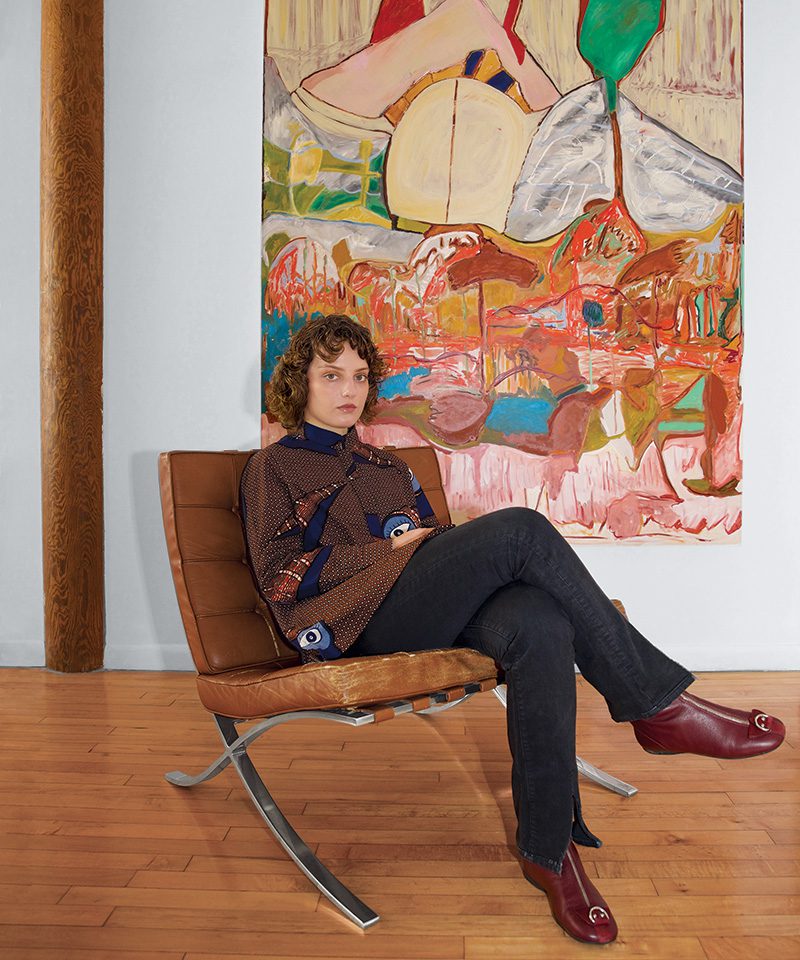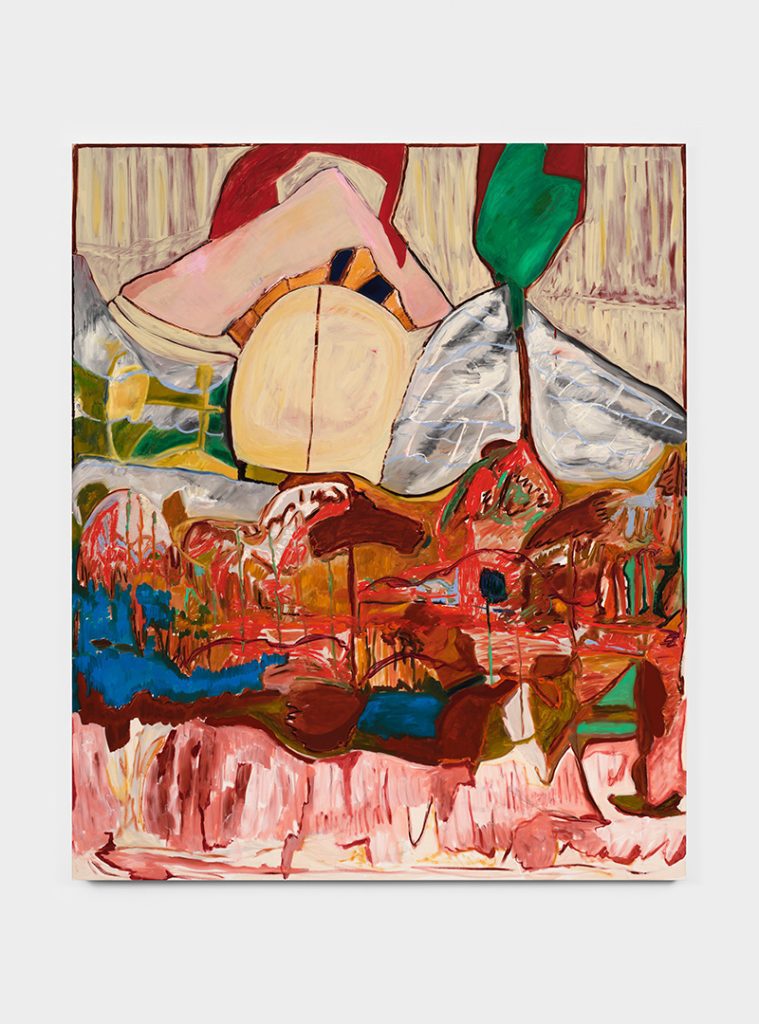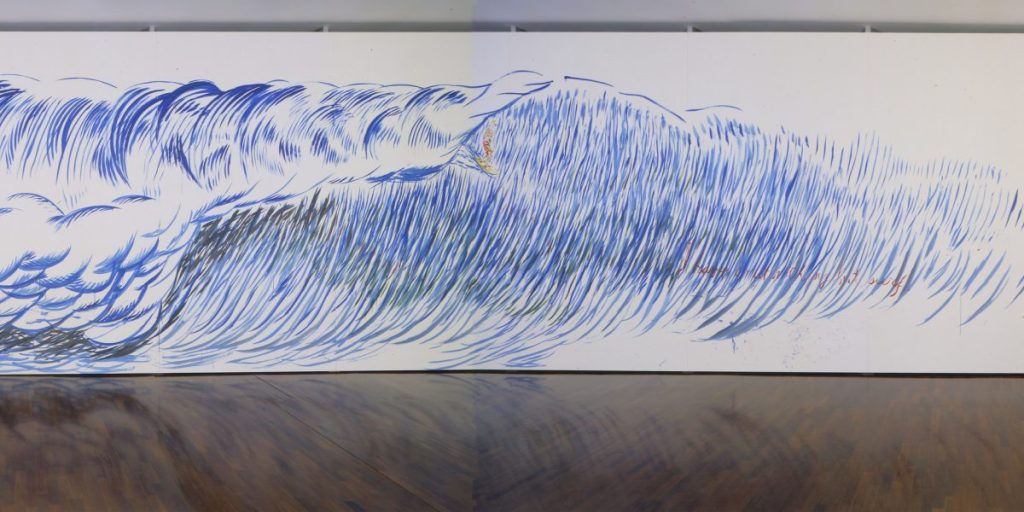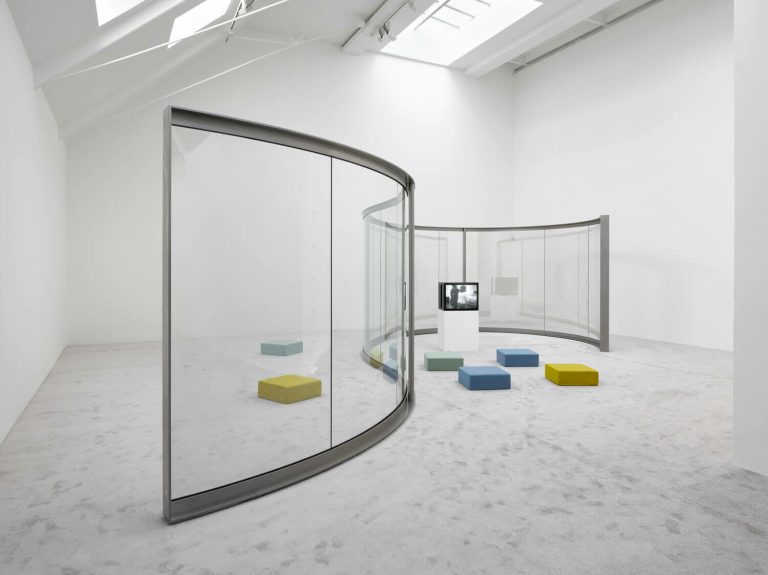The Rise of Self-Taught Artists in Contemporary Art
Self-taught artists, emerging from various backgrounds without formal art education, are reshaping the art scene with their distinctive visions and innovative methodologies. Their unique perspectives, forged from personal experiences and unorthodox journeys into the art world, challenge preconceived notions of artistry and creativity.
The journey of self-taught artists like Jean-Michel Basquiat, who transitioned from graffiti artist to a celebrated figure in the art world, exemplifies the breaking down of traditional barriers. This shift reflects a growing appreciation for diverse artistic expressions and narratives that resonate with broader audiences.
Digital platforms have democratized access to the art world, enabling self-taught artists to showcase their work and connect with global audiences. Social media, in particular, has become a pivotal tool for artists to gain visibility, with platforms like Instagram serving as virtual galleries for emerging talents.
Iconic Self-Taught Artists Who Reshaped the Art Scene
The art world is adorned with stories of self-taught artists who, through their sheer talent and determination, have left an indelible mark on history and continue to inspire generations.
Artists like Henri Rousseau and Frida Kahlo, who were primarily self-taught, have become iconic figures, celebrated for their originality and the depth of their work. Their contributions highlight the profound impact self-taught artists can have on the art world, offering fresh perspectives and challenging conventional artistic standards.
In the contemporary era, artists like Banksy and Yayoi Kusama, who have largely charted their own paths outside traditional art education systems, are redefining success in the art world. Their work not only garners critical acclaim but also engages with a wide audience, bridging the gap between high art and popular culture.
Challenges Faced by Self-Taught Artists
Despite their growing influence, self-taught artists navigate a landscape fraught with challenges, from gaining acceptance within the traditional art market to overcoming stereotypes about their legitimacy.
The art market, with its galleries and institutions, often favors artists with formal education and credentials. Self-taught artists must therefore find alternative routes to showcase their work and garner recognition, relying on the strength of their portfolios and the resonance of their narratives.
Self-taught artists frequently encounter biases that question their skill and the depth of their work. Overcoming these challenges requires not only exceptional talent but also the ability to engage with and challenge the art community’s perceptions, showcasing the validity and richness of their artistic expressions.
The Role of Self-Taught Artists in Expanding Artistic Boundaries
Self-taught artists are instrumental in expanding the boundaries of art, introducing novel techniques, mediums, and concepts that enrich the artistic dialogue.
From folk art to contemporary movements, self-taught artists contribute to a broad spectrum of artistic expressions, infusing the art world with originality and depth. Their work often transcends conventional genres, embodying a spirit of exploration and innovation.
The unorthodox approaches of self-taught artists frequently lead to groundbreaking innovations in art-making. Their experimental use of materials, techniques, and thematic exploration challenges established norms and opens up new possibilities for artistic expression.
The Future of Self-Taught Artists in the Art World
The trajectory of self-taught artists points towards a more inclusive, diverse, and dynamic future for the art world.
There is a growing trend of galleries and museums embracing self-taught artists, recognizing the value and authenticity they bring to the artistic narrative. This shift is indicative of a broader move towards inclusivity and diversity in the representation of artistic voices.
The success of self-taught artists is also impacting art education, prompting a reevaluation of curriculums and methodologies. Their achievements underscore the importance of fostering creativity and individuality, encouraging a more holistic and inclusive approach to art education.
The evolving landscape of the art market, influenced by digital platforms and changing societal values, offers new opportunities for self-taught artists. Their rise reflects a democratization of art, where talent and vision can find expression and appreciation beyond traditional confines, promising a richer and more varied artistic future.

Courtesy of POLINA BERLIN GALLERY and the artist

Untitled, 2023
Photography by STEVEN PROBERT; Courtesy of POLINA BERLIN GALLERY and the artist

O.T (I have writt’ nothing but surf), 2003
Photography by AUGUSTIN OCHSENREITER

